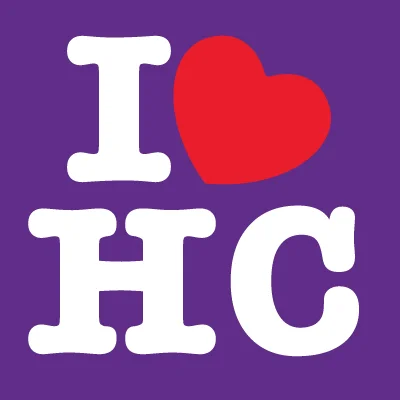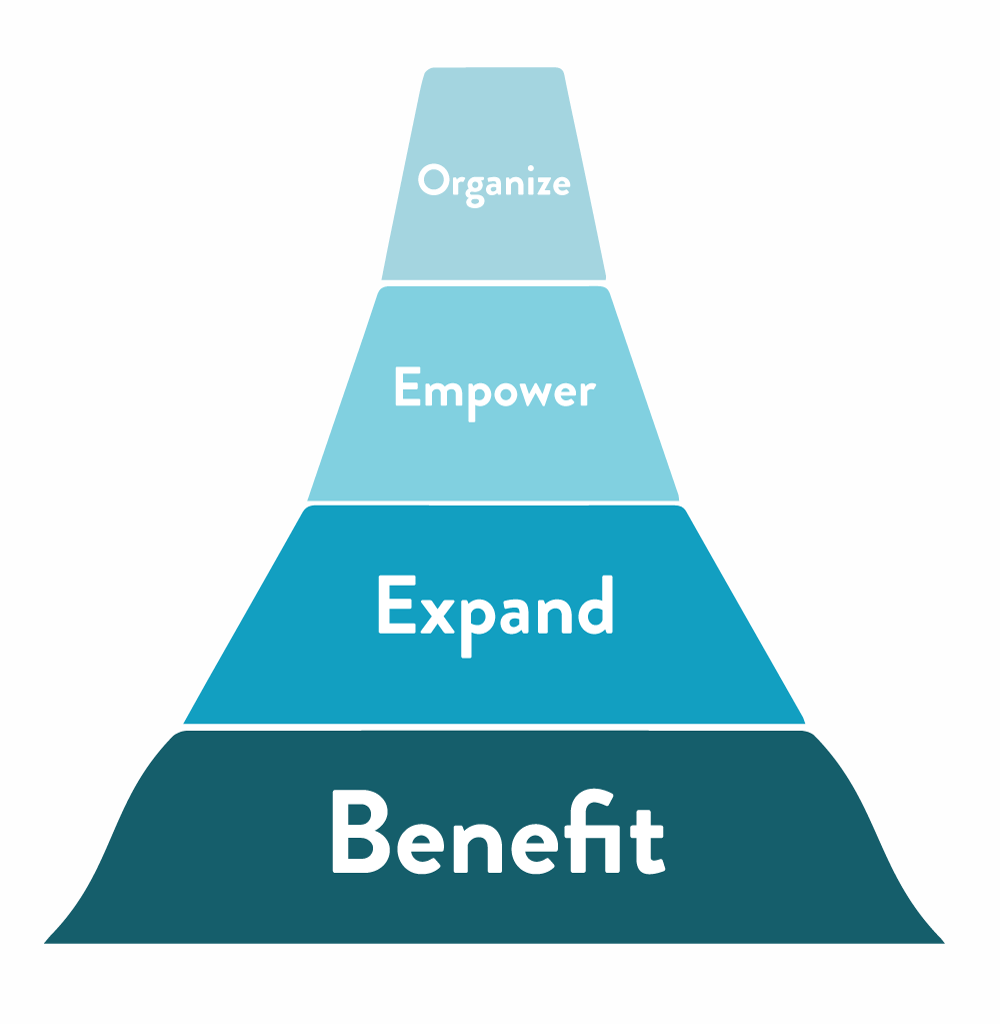Giving days are an appealing supplement to traditional giving campaigns. Their compactness and immediacy makes them satisfying both for our alumni and for those of us who organize them.
But investing all that time and energy into one day can feel like a huge gamble. That's why we talked to folks at Holy Cross about how they exceeded their participation goal by 50% in their most recent giving day campaign.





